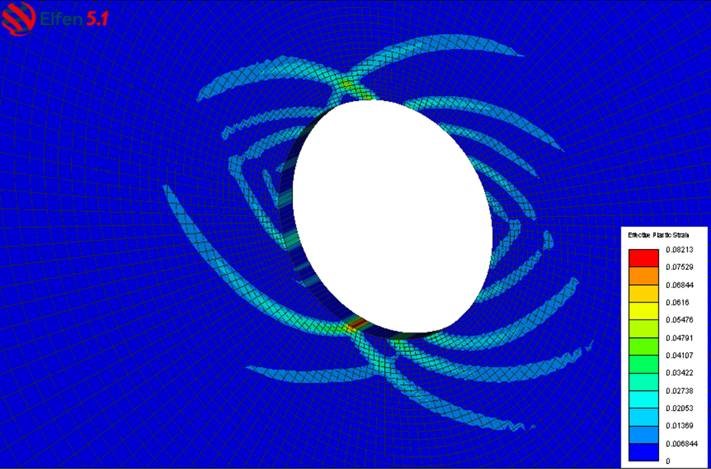
Bulk geomechanical properties of depleted coals
This project aims to develop techniques to investigate the impact of geomechanical depletion on coal seam gas (CSG) reservoirs.
As coal seam gas is extracted from the subsurface, the stress path and bulk geomechanical properties of the coals and the surrounding formation change. Understanding how these changes occur in a depleting coal seam gas reservoir is important for engineering design relating to drilling and completion of wells and wellbore stability. Stimulation design (primary and secondary fracturing design), prediction of compaction and subsidence, and reservoir management would also benefit from the increased knowledge.
The geology of a CSG reservoir, and its associated tectonic stress conditions, play an important role in affecting its response to gas depletion. The subsurface conditions of a reservoir guide how the coal can move (whether it can move in all directions or whether it is constrained and can only move vertically). This results in the coal being under either constant or differing levels of effective stress. Reservoirs under constant stress conditions behave differently to those with differing levels of stress. Therefore, it’s important to understand how gas extraction is interacting with the physical characteristics at a site.
Being able to predict the changes in stress and strain that various coal seams experience as a consequence of depletion and to see how subsurface conditions alter the stress path in a coal seam during depletion would add another dimension to existing models (which assume that a reservoir’s vertical stress and the bulk geomechanical properties of the coal remains constant). These models are used for a variety of purposes including estimating the volume of gas that a reservoir can produce and the rate at which gas is produced over the life of the field.
However, it is difficult to obtain coal samples that represent the pressure and stress conditions that exist in the subsurface – these characteristics change as the sample is brought to the surface. This investigation has been designed to overcome the significant challenges associated with obtaining this information. The project will include two laboratory experimental programs, one using actual coal samples with different characteristics; and the other using multiple copies of 3D printed synthetic samples to allow consistent, repeated testing of the different coal structures. Results of the laboratory program will be combined with new geomechanical models to estimate changes in bulk rock properties that occur with depletion.
This investigation will be undertaken in two concurrent streams:
- Stream 1 (led by the UQ Centre for Natural Gas): Determine the effect of increasing depletion on the bulk geomechanical properties of coal, and quantify the relative magnitude of change on each property. This includes a desktop investigation, computational modelling, and the development of a coal sampling, testing and imaging strategy.
- Stream 2 (led by the University of Alberta): Assess whether 3D printed analogue samples can be created using activated carbon to simulate coal and, if successful, use these samples in an experimental program. The samples will be designed to represent coals with different geometries, i.e. with different amounts of fractures in the material
PROJECT OUTPUTS
- Identify the differences in Queensland coal seams and the key parameters and trends that influence changes that occur with reservoir depletion.
- Develop a computational model to systematically predict changes in bulk properties as a consequence of depletion
- Demonstrate the feasibility of investigation using 3D printed synthetic samples for experimentation.
- Use of the 3D printed synthetic samples (if feasible) in an experimental program to gain more detailed understanding of the response of different coal types to changing stress conditions.
- Report summarising the outcomes of the laboratory and modelling investigations.
|
